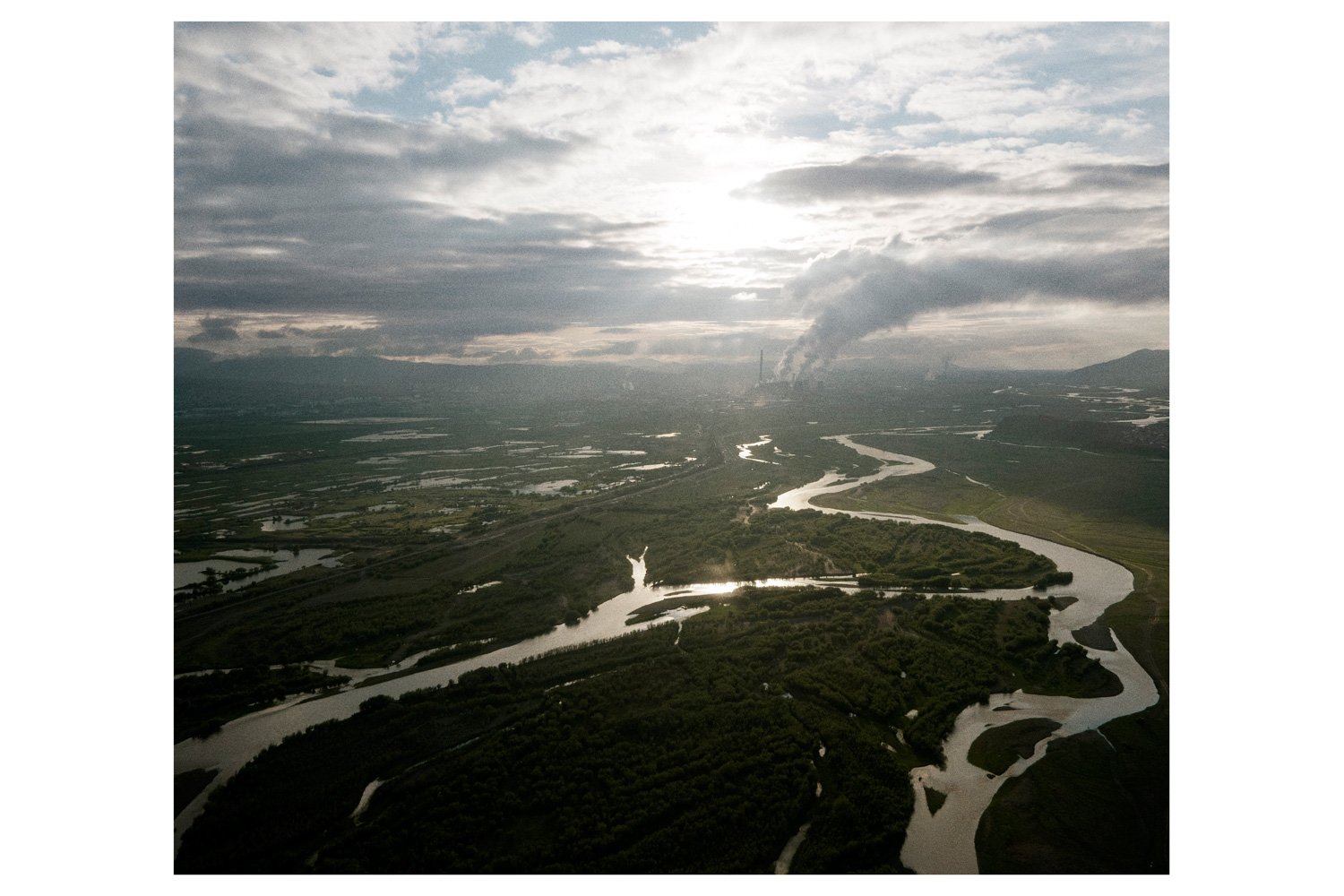
Photographer Davide Monteleone and I may have had one of the only drivers in the Gobi—that forbidding expanse of gravel and sand in southern Mongolia—who had no sense of direction. Granted, the instructions we received were pretty vague: at the second (or was it the third?) livestock path, we should take a left. What counted as an animal thoroughfare, we wondered? Was it that little indentation in the gravel? Or the line of hoof prints heading east?
After much bumping along, we finally reached our destination, a traditional Mongolian circular tent called a ger, surrounded by a crowd of camels, goats and other livestock. I wanted to talk to the herders, who were unhappy with the compensation they had received from Oyu Tolgoi, the copper and gold mine that is Mongolia’s biggest foreign investment project to date and which may add one-third of future value to the country’s GDP. Davide was photographing the forbidding panorama and the hardy nomads who live there. And then, just as he was trying to compose a picture that would convey the aridness of the landscape, it began to rain. Fat drops fell, landing on the camels’ eyelashes. Here we were in one of the driest places on earth, in the middle of a freak rainstorm.
Mongolia is a land of improbable contrasts. It is the most sparsely populated country on the planet, with fewer than 3 million people. Yet it is also, by some estimates, the world’s fastest growing economy, powered by at least $1.3 trillion in untapped minerals. The natural-resource boom is remaking the capital, Ulan Bator, which now boasts shiny new skyscrapers and luxury malls that contrast with the city’s decrepit Soviet architecture. Yet one-third of the country remains impoverished. Democracy, which the country’s citizens embraced after a peaceful revolution in 1990 that displaced the long-ruling socialists, gives people a voice through regular elections. But corruption has eroded the life-changing potential of the rush of foreign investment—valued at $5 billion last year in a country with a $10 billion GDP. Mongolia, today, is increasingly a land of haves and have-nots, a land of both wind-chapped nomads and mining executives who power Hummers, not horses. For anyone in Mongolia, our off-course driver included, it’s hard not to feel disoriented.
Hannah Beech is TIME’s China bureau chief and East Asia correspondent.
Davide Monteleone is a Moscow-based photographer represented by VII. See more of his work here.







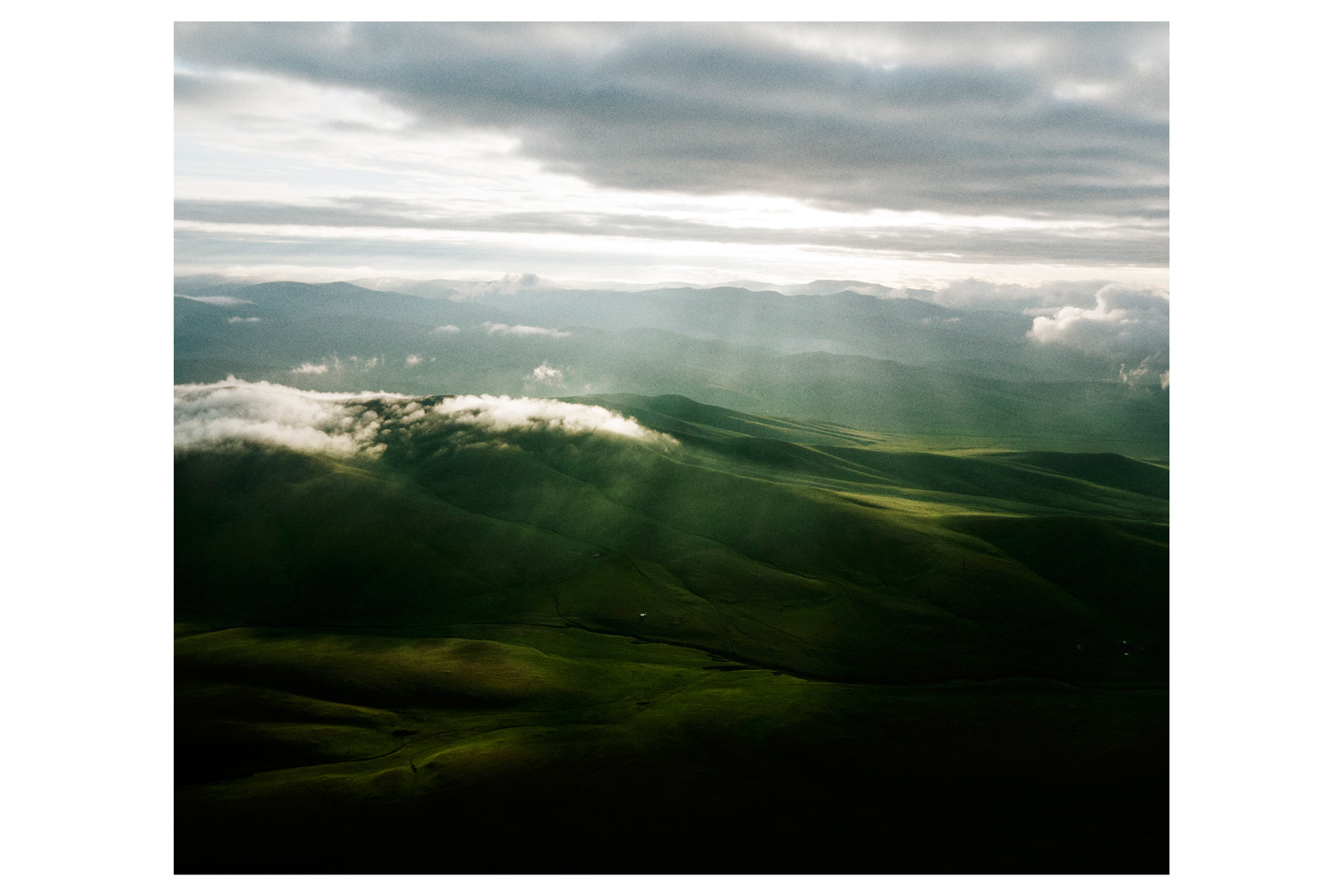
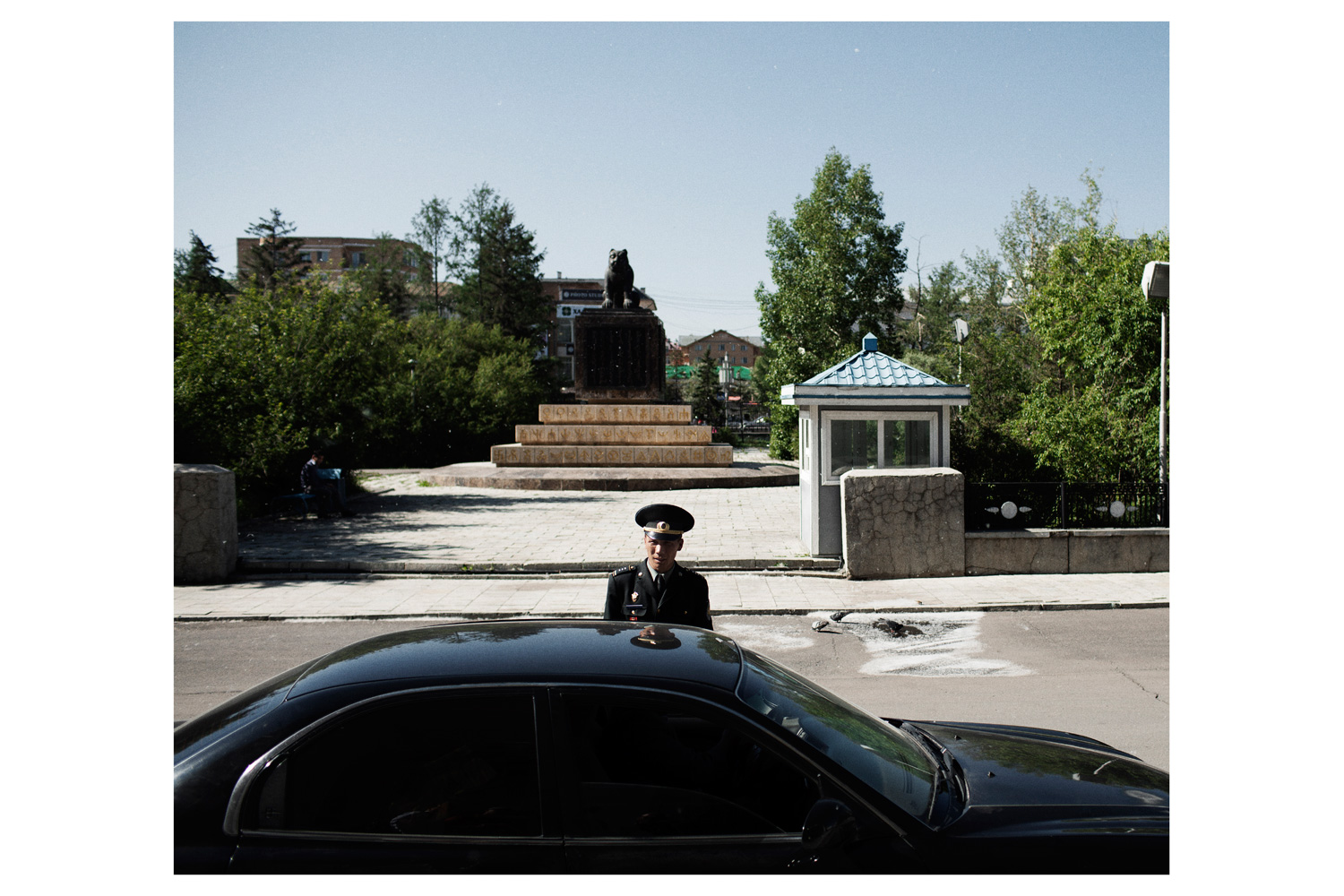
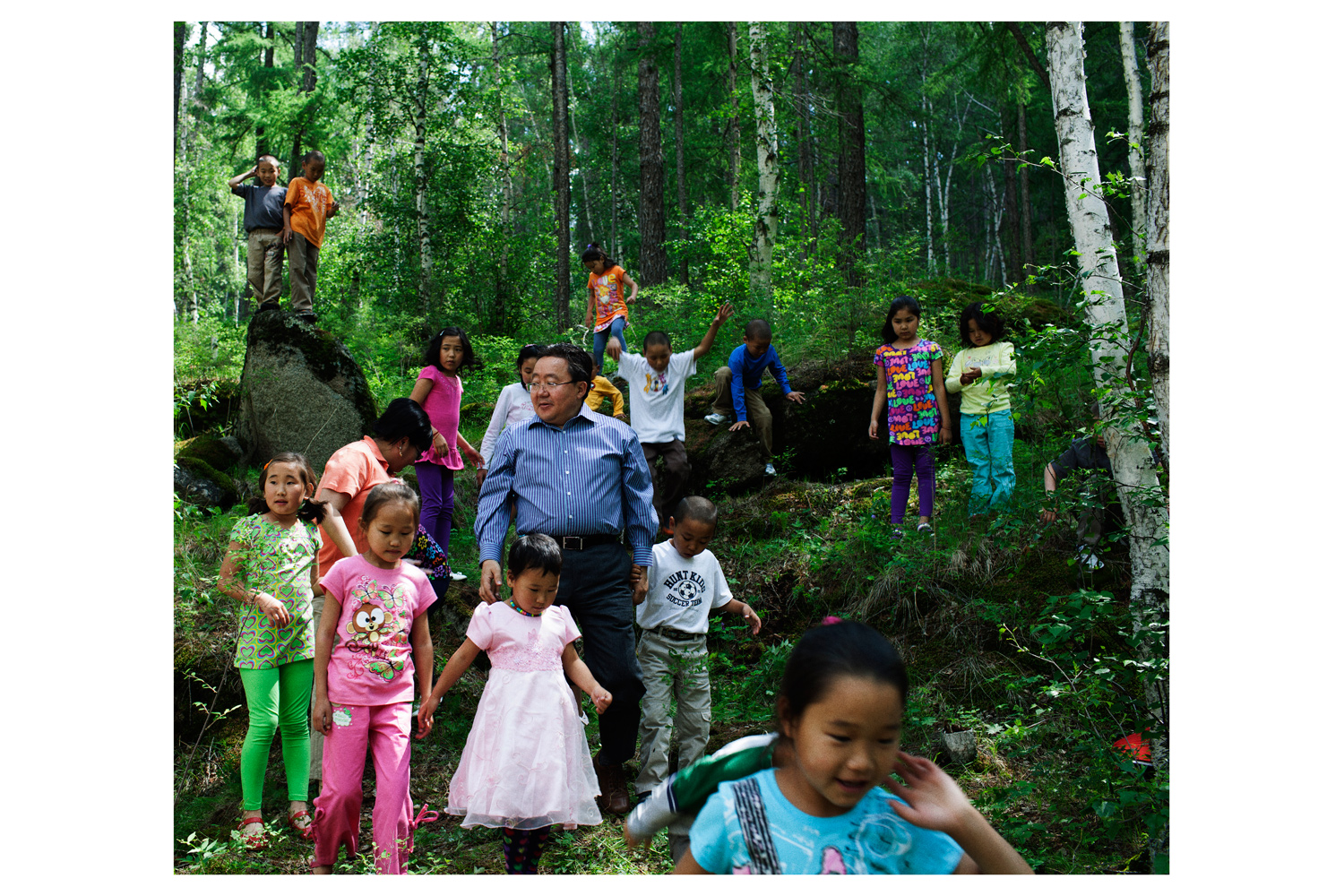



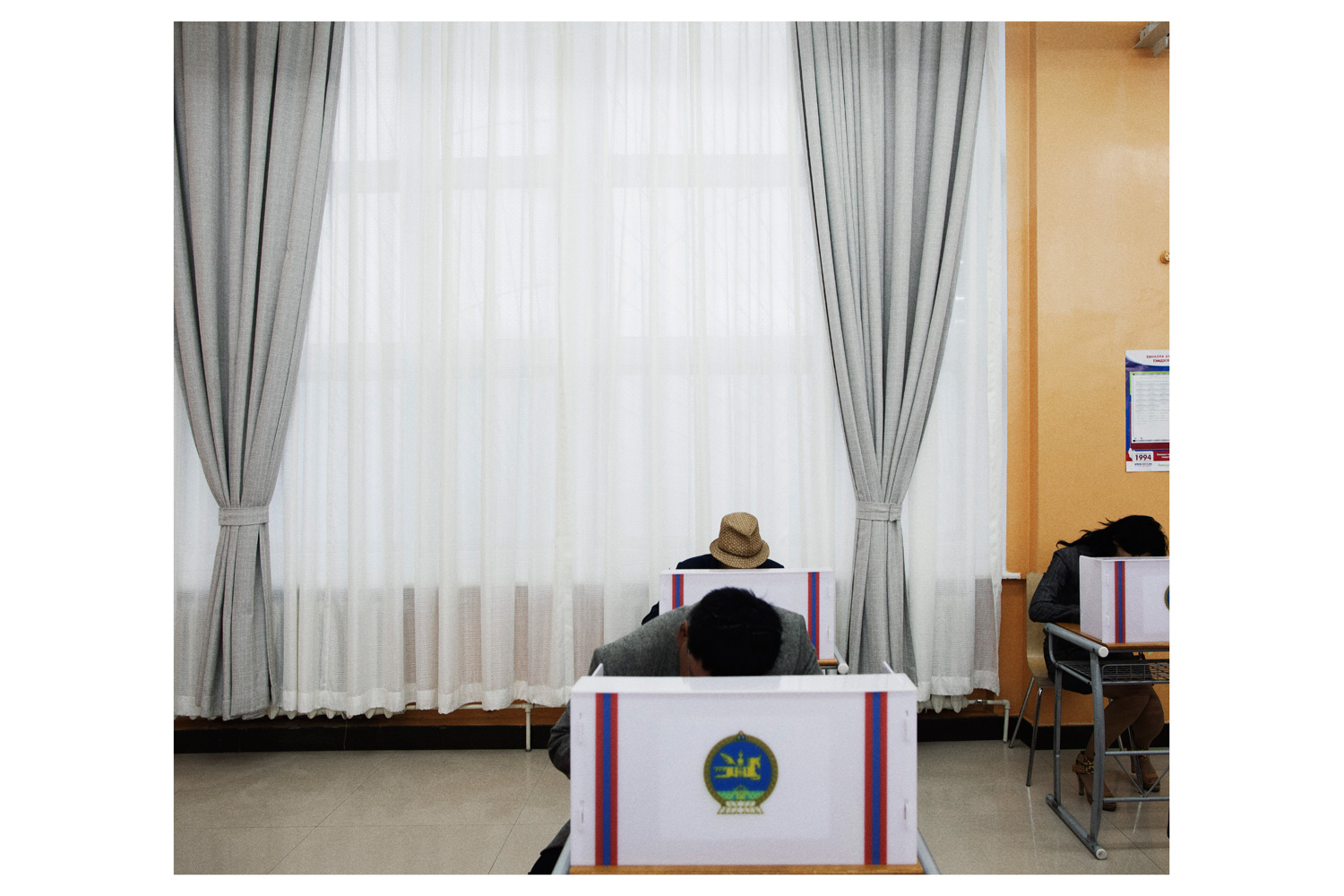

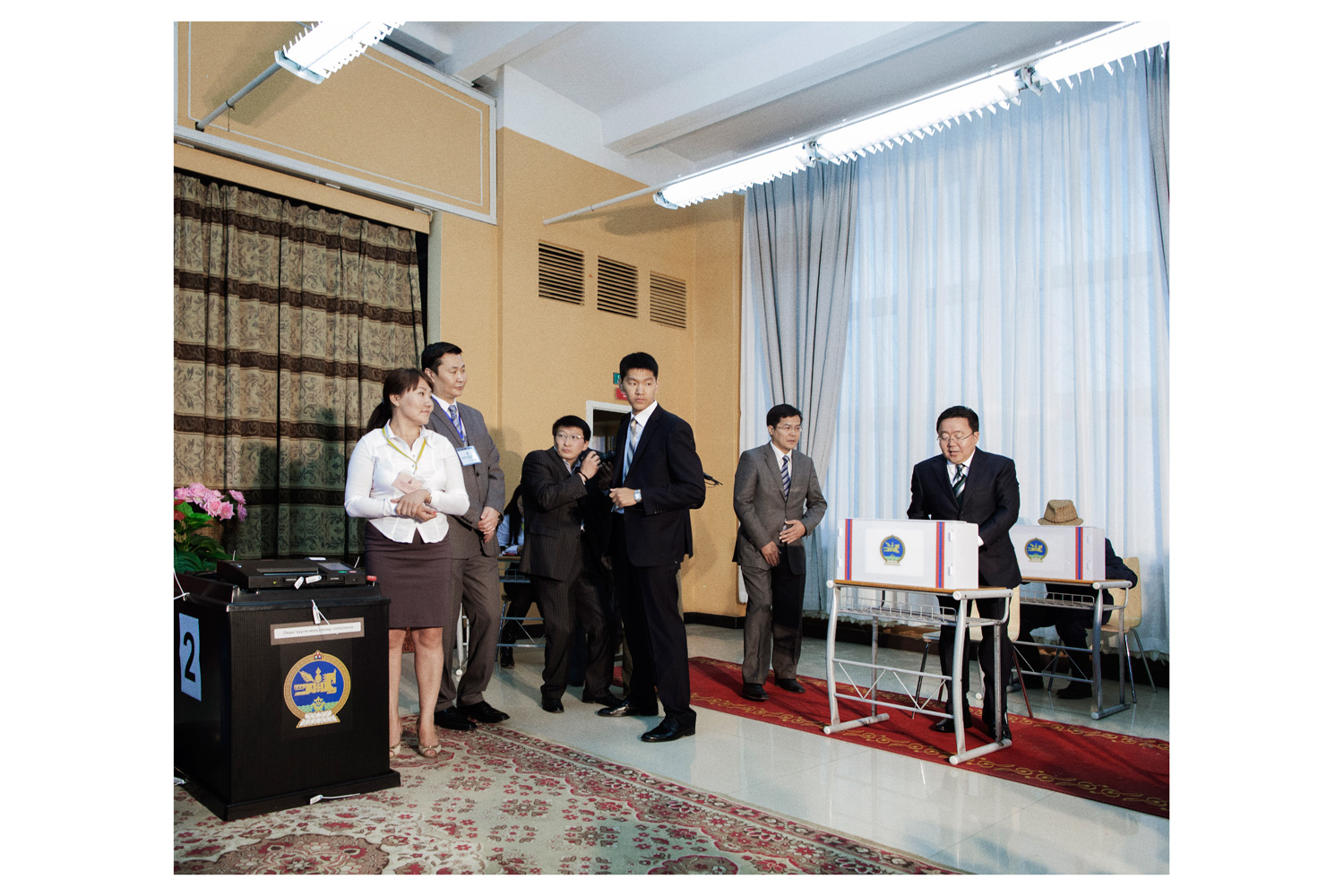
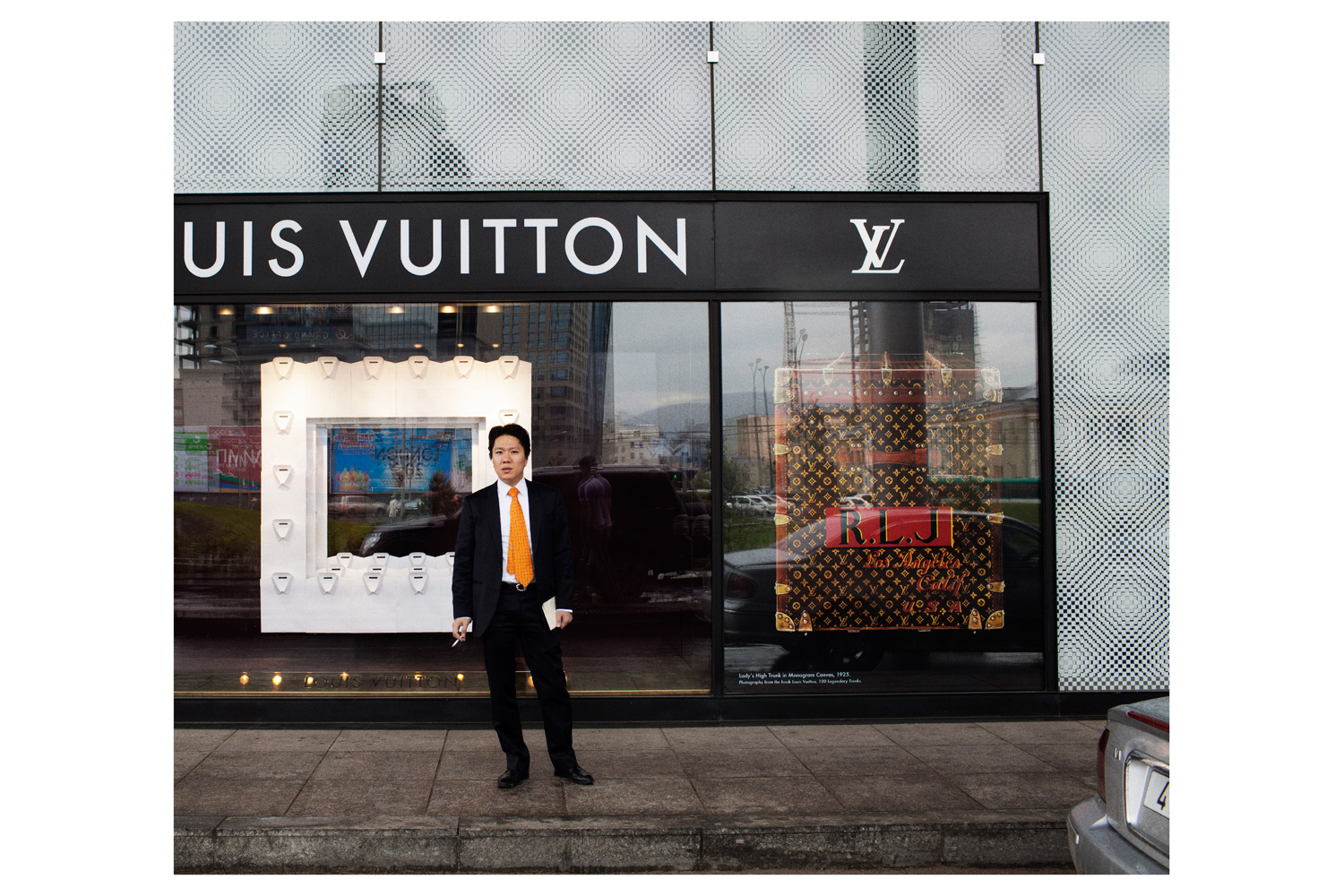
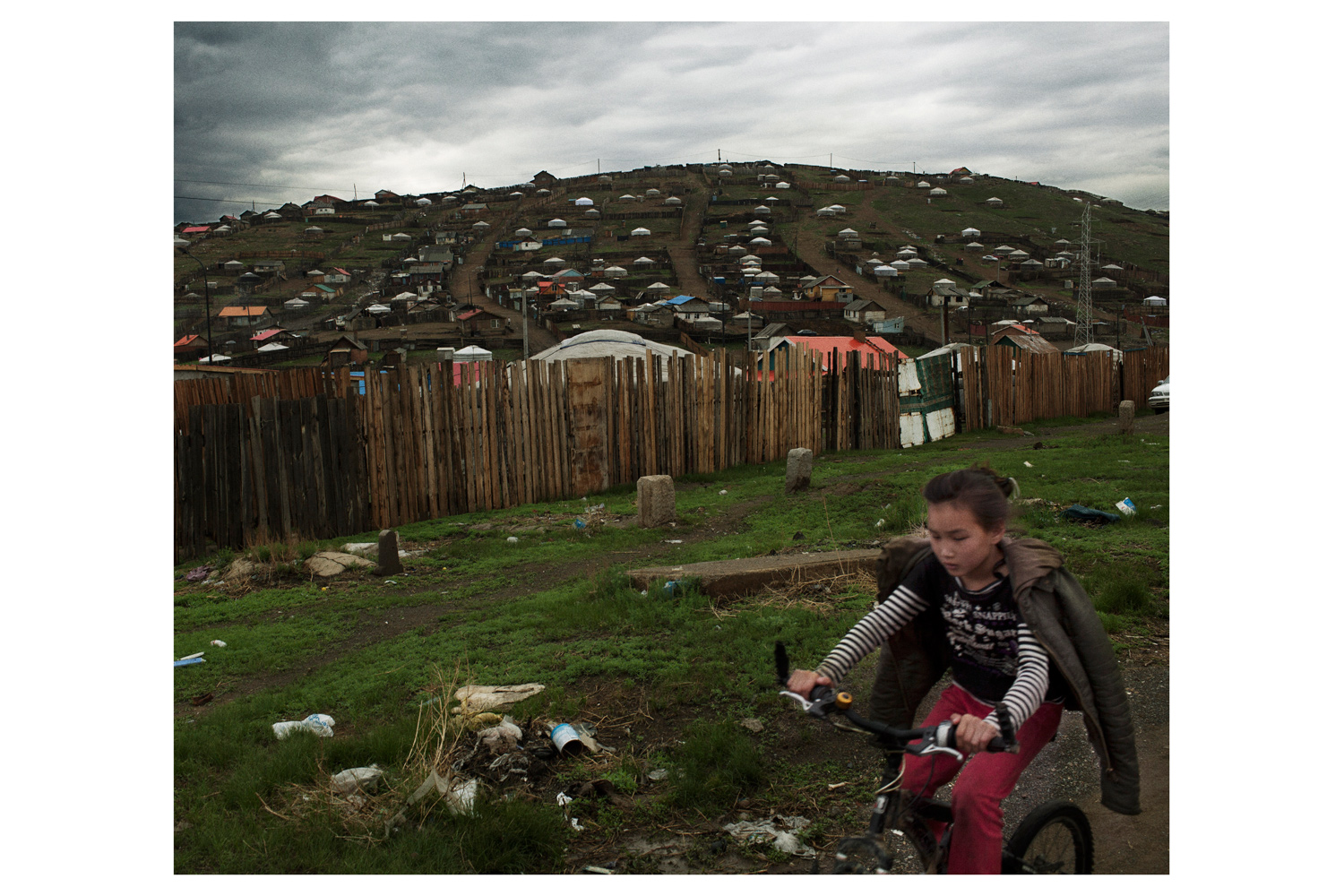

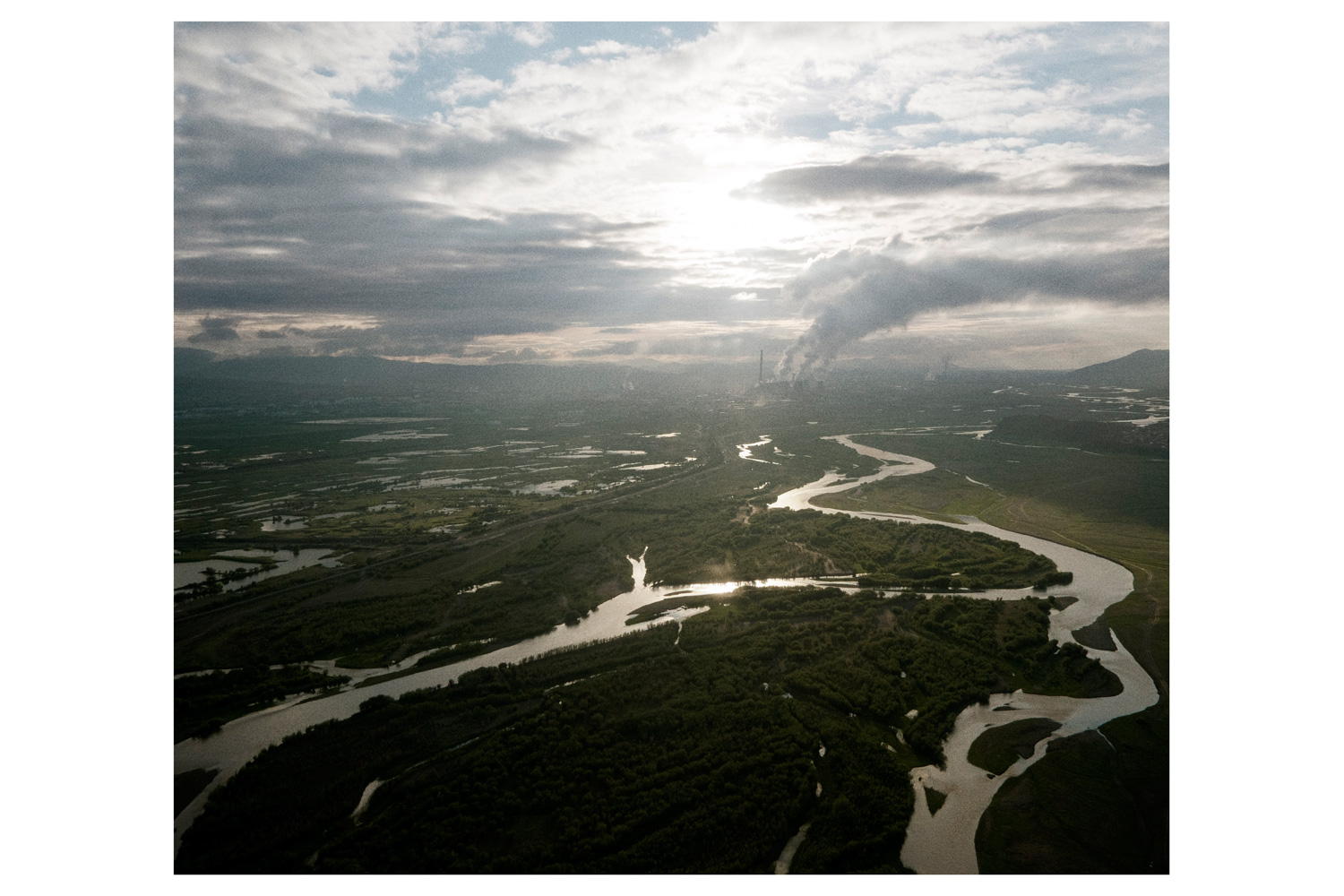
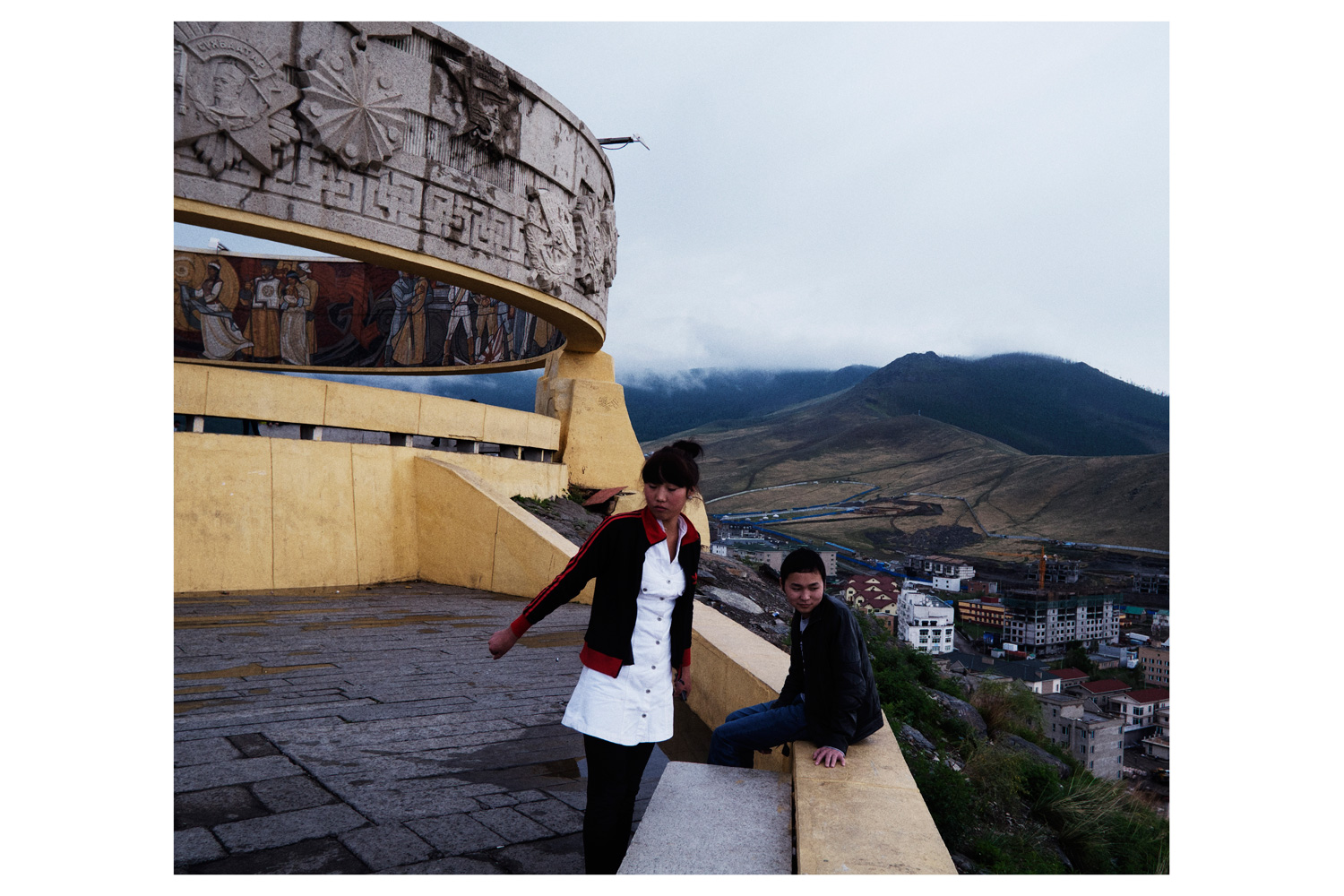
More Must-Reads from TIME
- Donald Trump Is TIME's 2024 Person of the Year
- Why We Chose Trump as Person of the Year
- Is Intermittent Fasting Good or Bad for You?
- The 100 Must-Read Books of 2024
- The 20 Best Christmas TV Episodes
- Column: If Optimism Feels Ridiculous Now, Try Hope
- The Future of Climate Action Is Trade Policy
- Merle Bombardieri Is Helping People Make the Baby Decision
Contact us at letters@time.com